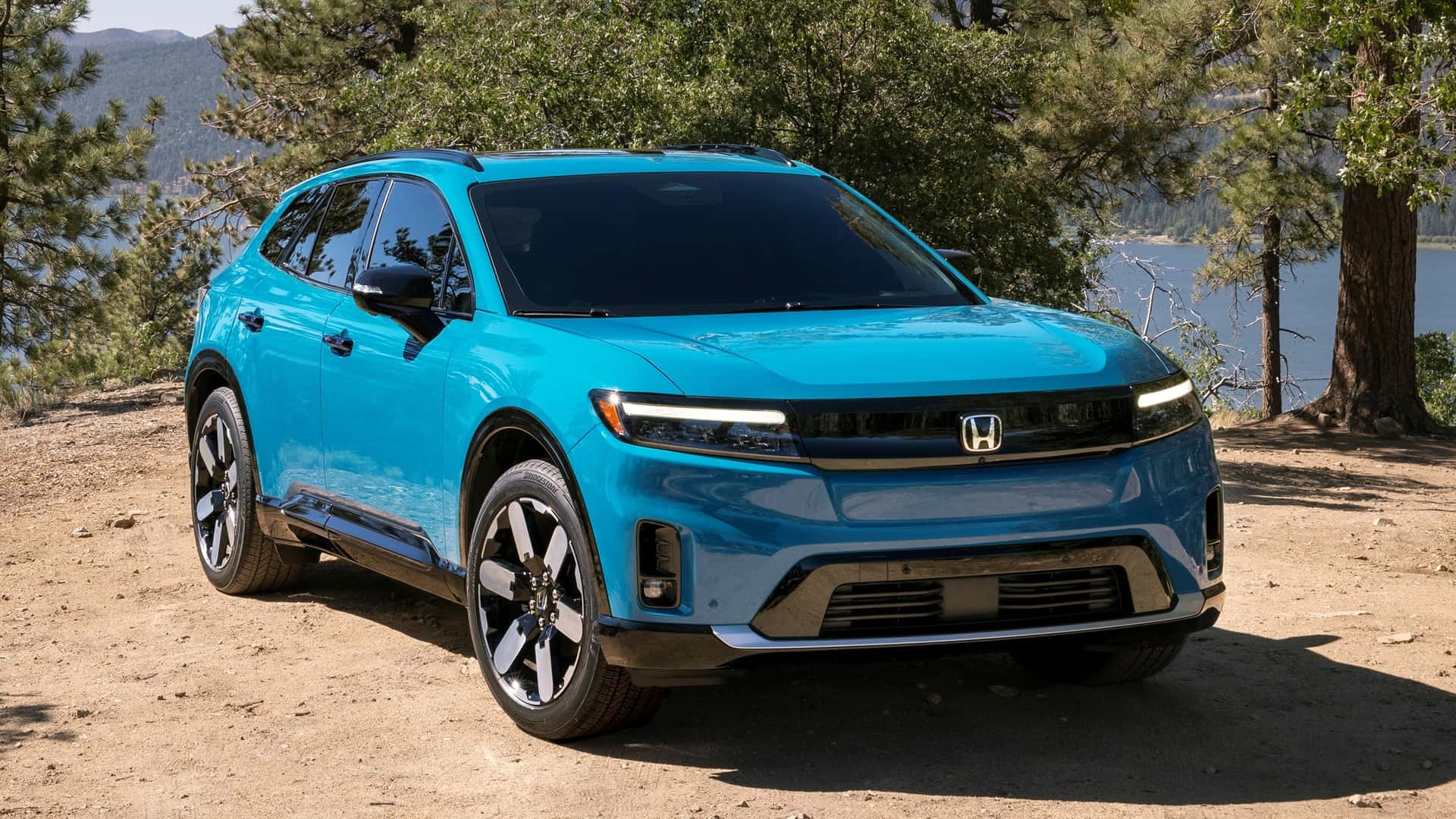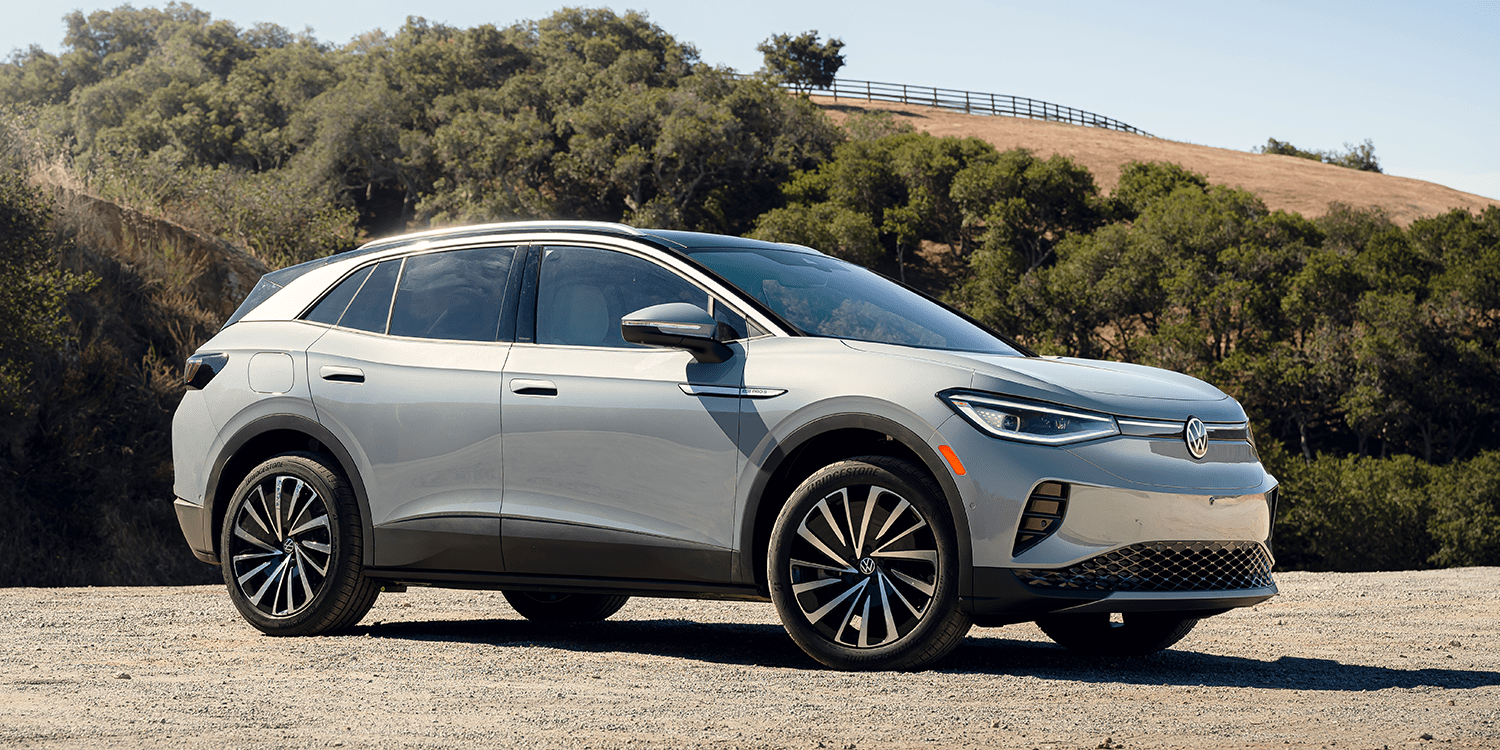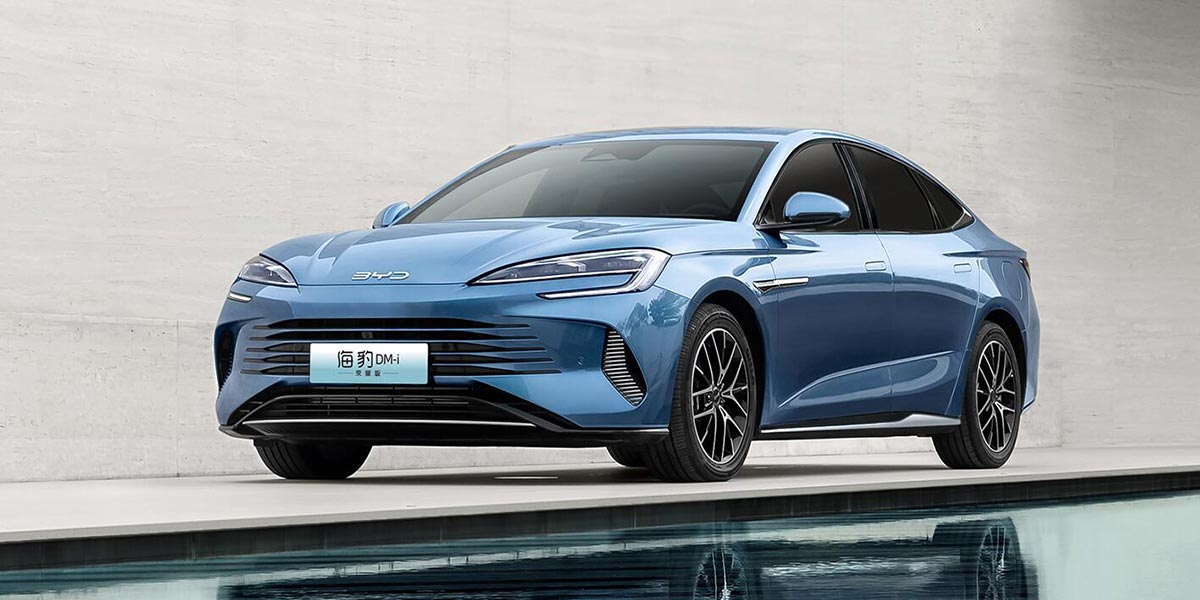Honda Motor has announced plans to double its investment in electrification and software to about $65 billion over the next decade, aiming to bolster its position in the rapidly evolving automotive market. This decision marks a significant increase from the company’s previous commitment made in April 2022.
Honda’s CEO, Toshihiro Mibe, emphasized the importance of securing a stable battery supply and achieving cost reductions and performance enhancements before shifting focus to software-defined vehicles. He stated, “As for strengthening software development, we realized the amount we had settled on two years ago was simply not enough, so we significantly increased that portion.”
The automaker aims to launch a series of battery-powered vehicles starting in 2026, with a target cruising range of 300 miles (482 km) or more. These vehicles will feature an ultra-thin battery pack and a newly developed compact e-axle.
In addition to its technological advancements, Honda is also focused on cost reduction strategies. It aims to reduce battery procurement costs in North America by over 20% by 2030 and cut production expenses by about 35%, partly through increased parts integration.
Despite its ambitious plans, Honda faces stiff competition in the EV market from global rivals such as Tesla and a host of Chinese automakers. To stay competitive, Honda is streamlining its operations, including scaling down its full-time production workforce in China due to declining car sales in the region.
Looking ahead, Honda plans to launch seven models in its EV series globally by 2030. However, Mibe noted that the adoption of EVs in North America and Europe is slowing after reaching a plateau.
To support its EV ambitions, Honda recently announced plans to invest $11 billion in new EV and battery production plants in Ontario, Canada, as part of its expansion efforts in the North American market.







